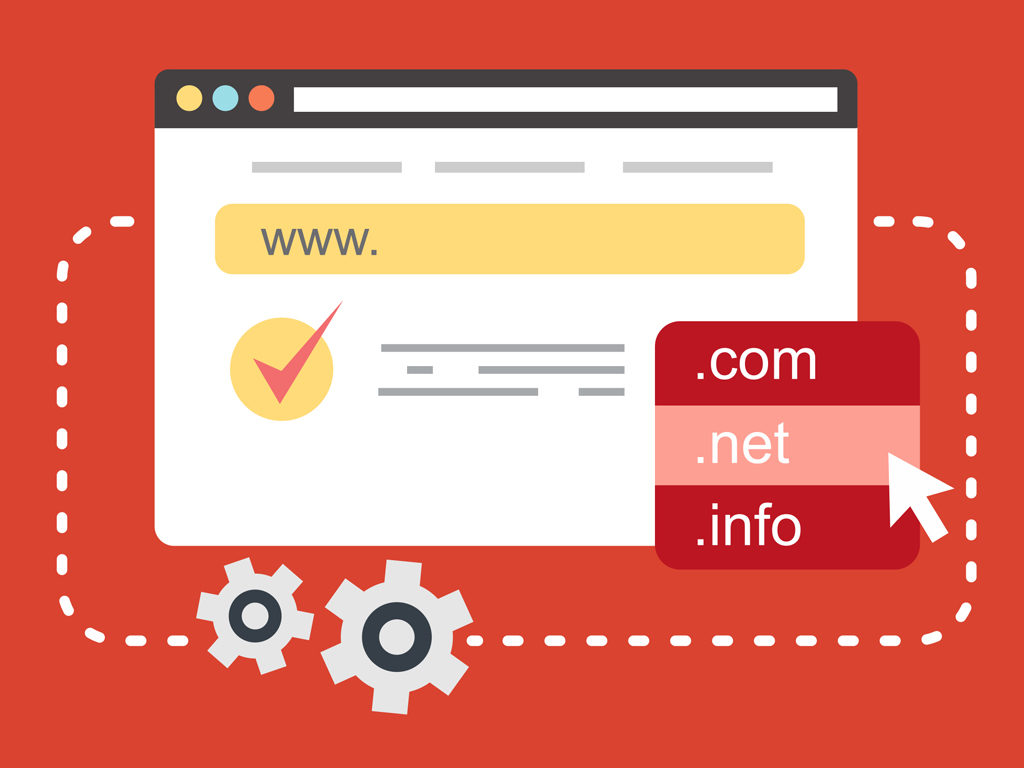The Idiot’s Guide to Link Metrics
There was a time when Webmasters could claim whatever they wanted about their website and they would still rank if not rank even higher because of their claims. Google has put a stop to that with their ever-changing algorithms and SEO has never been better.
Let’s take a breather first: Why is this post called “The Idiot’s Guide to Link Metrics”? The reason for this is because I am challenging myself to write about a respectably challenging topic and make it in a way that ANYONE can understand it.
What I am going to be discussing is a result of years of studying SEO as well as trying out what I have learned in all of my websites; I am going to be sharing my findings and secrets with you today. All, you have to do is keep reading.
Let’s get started.
Back when Google introduced the PageRank algorithm, instead of relying on a website’s webmaster, they depended on the relevance and authority of other webmasters. This immediately made links an integral part of a website’s ranking factor, from internal link structure to external links, they were all treated with importance. Nevertheless, PageRank is now an antiquated algorithm, but its theories still hold true, one of which is that every link is different from one another.
If you’ve only started to practice SEO today, link building should be a central component of your strategy. You should also be knowledgeable on the different kinds of link metrics such as Page Authority and Domain Authority. Basically, these kinds of metrics try to answer how strong/authoritative is the page where you will be creating the link. So, how can you integrate these link metrics into your overall SEO metrics, and when should you do this?
Page Authority
Page Authority is the collection of every metric that a webmaster could have in their link index and then made into a model put into the Google SERPs (search engine results pages). Basically, Page authority includes things such as linking URLs, linking root domains, TLD, anchor text, followed links, 301s, 302s, and linking subdomains, and much more. What we, as webmasters want is to predict how well the page is going to rank in the results pages by using the Page Authority score. So, this will be using only link data; no on-page data, no content data, no engagement or traffic data.
So, everything that a webmaster knows regarding their page from the link profile to the domain that the page is located in is inputted in with the Google SERPs. There are machine learning models on the internet that you can use to build the best possible model. However, these machines that build the models remove anything that they deem useless and add various attributes that are considered useful. On the other hand, you can add filters to produce some complex models – which is basically what these machine learning models are designed to do.
At the end, a webmaster should only be worried about the predictive score that they have based on the links. Basically, Page authority is useful for predicting how well a page will rank independently from of all non-link related components; this will produce a great data for you.
Domain Authority
The simplest definition of Domain Authority is that it is a Page Authority only at the root domain level. Let’s say that www.seohacker.blogspot.com is the page, then www.blogspot.com is the root domain. Obviously, links that come from the root domain is more valuable than those that come from hosted subdomains. Unfortunately, these are cases wherein Domain Authority does not support.
However, Domain authority is great when you use it for predicting how well a domain’s page ranks in Google. It removes all the page-level content/information, but still retains operations at the domain level. This is where Domain Authority or DA is most useful.
Linking Root Domain
This is, by far, the simplest one. This is a count of all the unique root domains that contain links that direct users to a given page or website. Here’s an example: if URL X has 690 linking root domains, then it means that there 690 root domains with at least 1 link pointing to URL X.
The important thing to take note of is if the links in these root domains are followed or no followed. A combination of the two is usually used when it is not specified – so, even a nofollow link could be in the linking root domain. Which is why you should always check the specification of a link. You can use Ahrefs, Moz, and Majestic to check what a link includes.
When You Should Use Metrics
The most common time frame for using metrics is monthly, however using your DA is not advisable if this is the case. This is all due to the insufficiency of indexes that calculate your DA, and the above-mentioned machine learning models or any tool used for link data only initiates updates on a monthly basis. So, if you need a more recent report on your DA, then you will have to wait for the indexes to do an update.
On the other hand, it has been reported that Moz will be putting out a replacement for Mozscape that will be calculating both PA and DA on a much faster pace. So, for the meantime, I recommend using:
1. Linking Root Domains
Researching on how many linking root domains you have and how they have changed in a specific time frame.
2. The Distribution of Domain Authority
In some cases, Domain Authority can be quite useful. It would not be the first or second choice for most people, but Domain Authority can help in a link building campaign or performance report. It is good if you research the good DA links that you have because this is a good sorting mechanism for finding out which domains have more authority.
3. Organic Traffic for Your Keywords
This is not a direct link metric, but it is helpful in terms of knowing how your links are affected. Google is great at crawling the entire world wide web – they can do it in a week or two – so, it is highly likely that your website has already been crawled, and this is a great substitute for knowing how your link building campaign has helped your search campaign.
4. Spam Score
This is extremely helpful as well because when you have been constantly practiced link building on your site – no matter how high your Domain Authority is, it does not specify if you have a high spam score. So, be wary of your website’s spam score. Even if you have a high Domain Authority, it will only get ruined because of your high spam score.
The Value of Links From Domains
A question most SEO practitioners often ask themselves is that which links give them the most value. If it is a link that is pointing to your website, then the answer is simple:
- Traffic Sent – if a site or page’s link is sending traffic to you, then that is great. Also, this will also be interpreted positively by search engines.
Additionally, you can use:
- PA and DA
- This is helpful because both these metrics are closely correlated with value. This can also be helpful if you cannot get the traffic data from other websites.
- Linking Root Domain
- This is basically about the count of links to a page or domain.
- A Rise in Rankings
- This rarely happens, but when it does, you will immediately know the value of the link. Sometimes, a webmaster would have a new link pointing to their website, and their rankings noticeably rise – then they can assume that the newly added link is something with value. However, if there are other variables in play, then it is unsafe for webmasters to assume anything. What I recommend is MAKE SURE OF EVERYTHING before deciding or concluding anything.
- Spam Score
- This is also helpful because you can know which links are unsafe, and which of them can be trusted.
Link Outreach Target
So, when you have numerous prospective link targets, which one should you use? Important things to take note of:
1. Domain Authority
This is a good metric because it help predicts the domain’s page’s performance in Google – which can help you understand how you can better rank your site. But why should you use DA instead of PA? Well, the common pages where you get the links are from newly-created pages – which do not have any authority. However, over time these pages will also gain authority, but I still recommend that you use DA. This is because of the timing issue of link indexes or the page where the link will be posted.
2. Linking Root Domain
Since this is closely correlated with the DA and rankings of a site, then it is also an important factor for link outreach targets.
3. Spam Score
Taking note of your spam score is definitely helpful. Aside from what was stated earlier, being aware of how you and your content, pages, and links are doing is definitely considered good SEO practice.
4. Traffic Estimate
Using tools such as SimilarWeb’s traffic estimate enables you to measure real traffic sent. If you are looking at no follow links, affiliate links, or traffic, then you can use this tool to predict traffic.
Key Takeaway
Hopefully, you have improved your understanding of Domain Authority, Page Authority, and Linking Root Domain and how to use them. Since link building is an integral part of your SEO campaign, then knowing the things that were mentioned in this article can help you achieve your SEO goals.
Conclusively, links are an essential part of your SEO, this is why you should also focus on everything – from the largest components to the smallest. Always remember that the most successful SEO experts focus on all the components of their strategy, and not just one or two of them.
Can you now use these link metrics on your SEO strategy? Do you have any other questions? Tell me in the comments below, and let’s help each other.
P.S.
We will be hosting a no-nonsense SEO event. If you want your website to grow to new heights, then you should attend this event and learn from the best local and international SEO experts. You can find out more by clicking this link.






